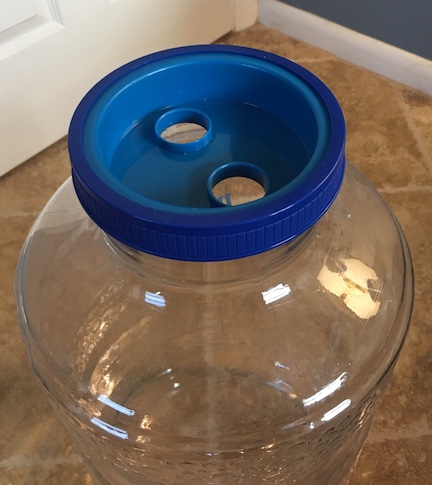glutarded-chris
Well-Known Member
I brewed last weekend. Since I work in another city, I did not check on the fermenter until Friday night. The lid had opened up during fermentation exposing it to the air in my fermentation chamber (a freezer with a controller). I does not look bad but it may have been that way for several days. Primary fermentation must have been vigorous but is over as the krausen has fallen back and the beer is clearing. I closed it back up and purged with CO2 and now have to decide what to do. I could pour it out, I could rack it to secondary and go on normally, or I could try to pasteurize it or something to kill any infection that has taken place.
Thoughts?
What happened: With this batch I wanted to improve my temperature control and put in a thermal well. I ferment in big mouth bubblers with screw lids. Never had a problem with them but the lids only have a single port and I needed a second port for the thermal well so I purchase one of the new lids. The new ones just push in. I have a blowoff tube so I don't really worry about explosion. This thing pushed up before the krausen even went into the tube. Not impressed. I will be locking it down for the next batch!
Thoughts?
What happened: With this batch I wanted to improve my temperature control and put in a thermal well. I ferment in big mouth bubblers with screw lids. Never had a problem with them but the lids only have a single port and I needed a second port for the thermal well so I purchase one of the new lids. The new ones just push in. I have a blowoff tube so I don't really worry about explosion. This thing pushed up before the krausen even went into the tube. Not impressed. I will be locking it down for the next batch!































![Craft A Brew - Safale S-04 Dry Yeast - Fermentis - English Ale Dry Yeast - For English and American Ales and Hard Apple Ciders - Ingredients for Home Brewing - Beer Making Supplies - [1 Pack]](https://m.media-amazon.com/images/I/41fVGNh6JfL._SL500_.jpg)































